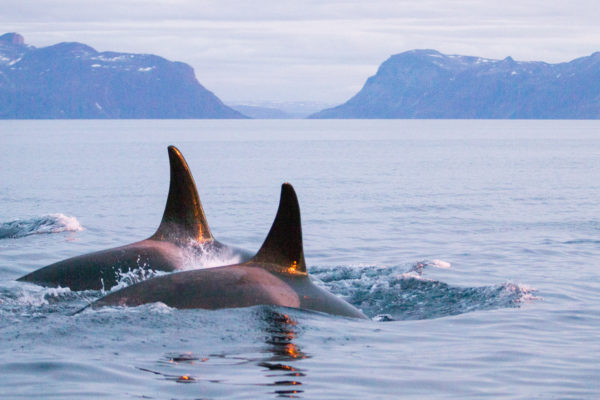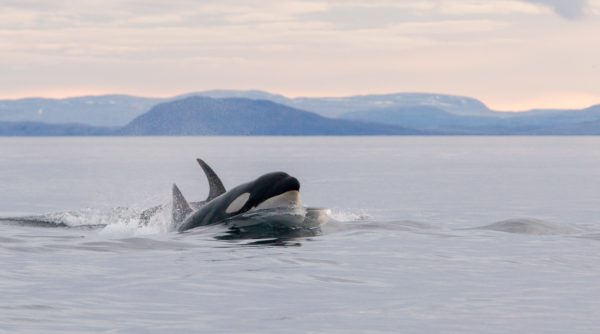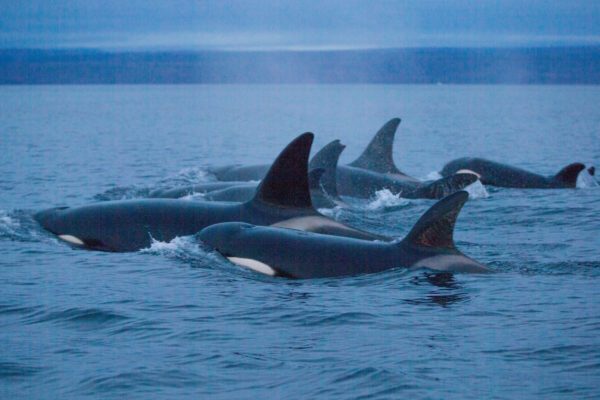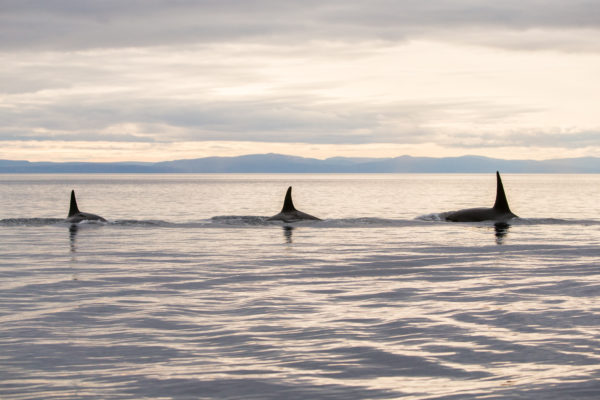Climate change is driving more killer whales to the Arctic
For many, time spent in the Arctic is an invaluable lesson in embracing unpredictability. That was the case when members of our Arctic team and other conservationists spent two months in Tremblay Sound for the annual narwhal camp. During a few outings on the ocean, researchers stumbled upon killer whale pods, which included a calf swimming by its mother’s side.

While we know from Inuit and scientists alike that this is an emerging yet troubling trend, it’s rather spectacular (and rare!) to see with your own eyes. Over the last decade, warmer than average summers have made the Arctic a more hospitable place for these unusual visitors. And it comes as no surprise. In the summer of 2018, summer sea ice extent — that’s the measurement of ocean area covered by ice — was tied for the sixth lowest since satellites began collecting data nearly 40 years ago. Each decade, there is an average decline in sea ice extent by 12.8 per cent. Sea ice maximum is also on a steady decline, with 2015, 2016, 2017 and 2018 coming in as the four lowest extents on record. This means killer whales are able to visit Arctic waters earlier and stay for a longer period of time.
Curious North Atlantic killer whales are increasingly capitalizing on these warmer waters by preying on summer residents such as narwhals and beluga whales. As an apex predator, there are no Arctic marine species that are off limits, and so they feast.
How killer whales are changing narwhal behaviour
The fear of becoming a meal for a killer whale is forcing narwhals closer to shore where food availability, such as Greenland halibut and Arctic cod, is limited.
“Narwhal summer behaviour is dramatically altered by proximity to killer whales. They become evasive and skittish,” says Peter Ewins, lead specialist of species conservation at WWF-Canada.
This new phenomenon doesn’t just put Arctic marine life in harm’s way. Due in part to a large dorsal fin and unfamiliarity with the territory, at least 20 killer whales have been trapped in sea ice in under a decade. Once trapped, killer whales struggle to free themselves and often succumb to starvation.
Now, more than ever, Canada needs to make an investment in research to better understand how climate change is creating a shift in wildlife migration and behaviour. Through our Arctic Species Conservation Fund, we are working to learn more about wildlife in the North.
Here’s a look at the whales we spotted over the summer.




If you’d like to support our work in the Canadian Arctic, please donate here.

